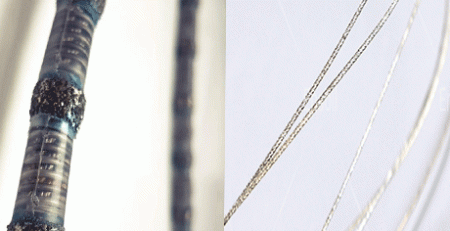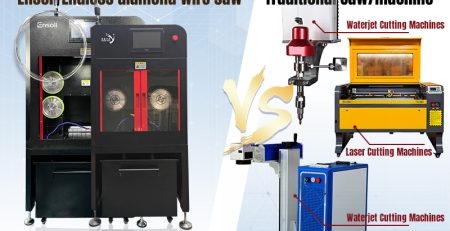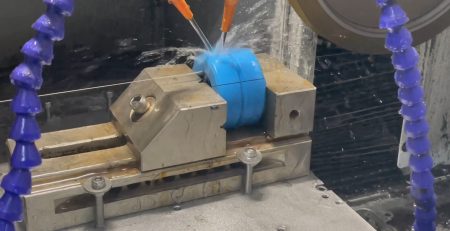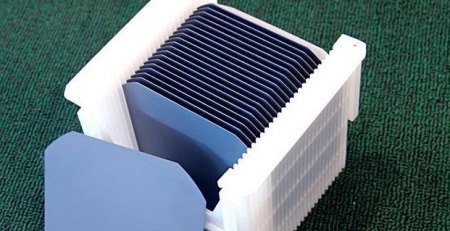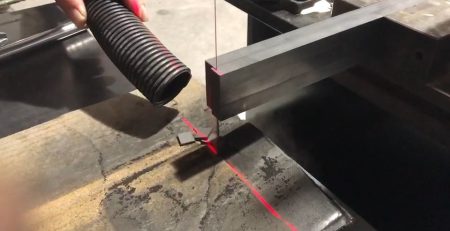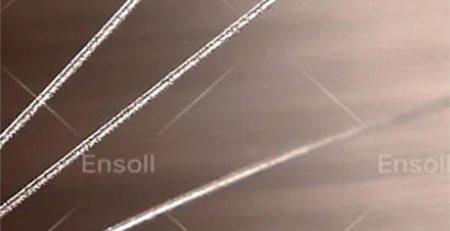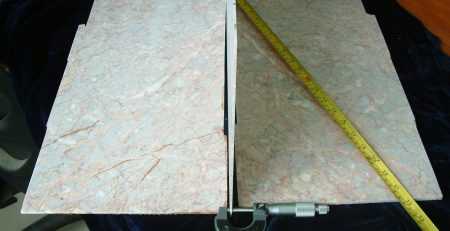What is industrial ceramics?
What is industrial ceramics?
Industrial ceramics, namely ceramics for industrial production and industrial products. It is a kind of fine ceramics, which can play mechanical, thermal, chemical and other functions in application.
Due to a series of advantages such as high temperature resistance, corrosion resistance, wear resistance and erosion resistance, industrial ceramics can replace metal materials and organic polymer materials for harsh working environment. It has become an essential and important material in traditional industrial transformation, emerging industries and high-tech, and has a very broad application prospect in energy, aerospace, machinery, automobile, electronics, chemical and other fields.
The use of corrosion-resistant ceramics with good chemical stability in contact with biological enzymes to produce crucibles, heat exchangers, biological materials such as dental artificial lacquer joints for smelting metals, and the use of unique ceramics that capture and absorb neutrons to produce various nuclear reactor structural materials.
Industrial ceramics can be divided into ordinary ceramics and special ceramics.
1) Common ceramics
Ordinary ceramics refer to clay ceramics, which are fired from clay, feldspar and quartz in proportion. Its performance depends on the purity, particle size and proportion of the three raw materials. Generally, it is hard, corrosion-resistant, non-oxidizing, non-conductive, able to withstand certain high temperatures and has good processing formability.
Application: In industry, common ceramics are mainly used for electric porcelain for insulation, chemical porcelain with high requirements for acid and alkali, and porcelain for structural parts with low bearing requirements, such as insulators, corrosion resistant containers, pipes and decorative porcelain and tableware in daily life.
2) Alumina ceramics
The ceramic is mainly composed of AL2O3 (the mass fraction of AL2O3 is more than 45%). According to the different main crystal phases in the ceramic body, it can be divided into corundum porcelain, corundum-mullite porcelain and mullite porcelain, etc; It can also be divided into 75 porcelain, 95 porcelain and 99 porcelain according to the mass fraction of AL2O3.
Application: Alumina porcelain has high melting point, high hardness, high strength, and good chemical corrosion resistance and dielectric properties. However, due to its brittleness, poor impact resistance and thermal shock resistance, it can not withstand the drastic changes of ambient temperature. It can be used to manufacture furnace tubes, furnace linings, spark plugs of internal combustion engines, etc. of high temperature furnaces, as well as cutting tools with high hardness, and it is also a good material for manufacturing thermocouple insulating sleeves.
3) Silicon carbide ceramics
Silicon carbide ceramics are characterized by high temperature strength, high thermal conductivity, high wear resistance, corrosion resistance and creep resistance. They are often used as high-temperature sintered materials in the fields of national defense, aerospace and other scientific and technological fields, that is, for manufacturing nozzle of rocket tail nozzle, nozzle for pouring metal, thermocouple sleeve, furnace tube and other high-temperature parts.
Application: Due to its high heat transfer capacity, it can also be used to manufacture high-temperature strength parts such as blades and bearings of gas turbines, as well as materials used as high-temperature heat exchangers and nuclear fuel encapsulation materials.
4) Lithium oxide ceramics
The main crystalline phases of lithium oxide ceramic products are nepheline (Li2O · Al2O3 · 2SiO2) and spodumene (Li2O · Al2O3 · 4SiO2), which are characterized by low thermal expansion coefficient (-0.03 in the range of 100~1000 ℃ × 10/℃~ 4.08 × 10/℃), good thermal shock resistance. Li2O is a kind of oxide outside the network, which can strengthen the glass network and effectively improve the chemical stability of the glass.

